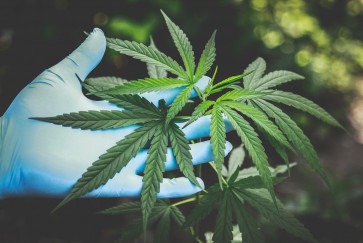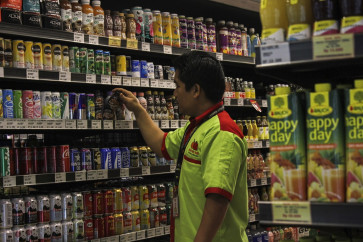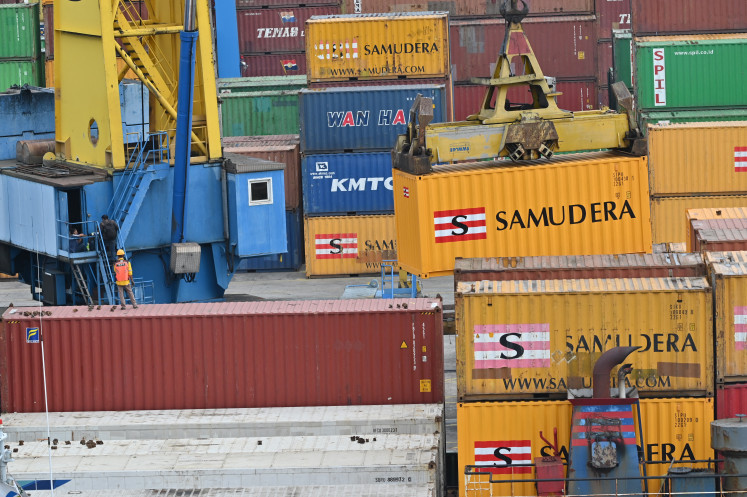AIDS activists use social media to reach gay community
Activists use social media to disperse information on HIV/AIDS as well as encourage high-risk people to get tested in an attempt to minimize the spread of the virus
Change text size
Gift Premium Articles
to Anyone

A
ctivists use social media to disperse information on HIV/AIDS as well as encourage high-risk people to get tested in an attempt to minimize the spread of the virus.
Erlian Rista Aditya, the team leader of a Jakarta-based program called Scaling Up For Most-At-Risk Populations (SUM), said during a discussion late in January that his team had launched a social media campaign called #GueBerani (I am brave) in order to encourage gay men to get tested for HIV.
'Information is available on our Twitter and Facebook. We will also actively engage gay communities in order to disperse the information on public health, especially on HIV/AIDS,' he said.
Erlian says his SUM team, which is one of the programs run by the United States Agency for International Development (USAID), used social media because it was hard to reach most HIV-prone people using conventional methods.
'Only 28 percent of the members in the gay community have been exposed to information on AIDS by the government,' he said.
Erlian said he believed social media would become an effective tool in their public health campaign because 83 million people in Indonesia were active internet users and almost all of them used social media.
Erlian said a massive and consistent campaign of information dissemination on HIV/AIDS was essential as the prevalence of the virus has increased among gay people.
'The prevalence rate in 2007 was only 8 percent, but it doubled to 17 percent in 2011,' he said.
According to the Jakarta AIDS Prevention Commission (KPA Jakarta), sex workers and men with high-risk lifestyles are among the groups that experience the highest risk.
KPA Jakarta official Christina said Jakarta had adequate health facilities as well as government support for HIV/AIDS tests.
Sahiyatun Nawiyah, a medical doctor at the Pasar Rebo community health center (Puskesmas) in East Jakarta, said her team also used social media to engage with HIV positive people.
'We use many platforms to get in touch with them, including Facebook and Twitter,' she said, adding that most patients at her clinic were gay.
Sahiyatun said her regular patients as well as other people who just wanted to get tested were busy people. Thus the use of social media and other communication platforms was helpful for receiving questions and offering consultation.
Sahiyatun said many gay people were still afraid of getting tested, but that most of them were actually eager to learn about their health. 'Sometimes they come to our clinic only to get information and see how the test works,' she said.
Sahiyatun said the virtual world also provides a sense of privacy before people eventually decide to get tested in person.
Lucky Kuswandi, the co-creator of CONQ, a web series by and for the LGBT (lesbian, gay, bisexual and transgender) community, said that in order to reach a broader audience, the campaign should not preach and should be open minded.
'CONQ, for example, discusses serious issues like health, but in a more light and pop way,' he said.
He added that it was important to be on the same level with the audience. 'We need to show that we are part of them,' he said.
He said many queer people in the capital city prefer to be discreet because most people still have difficulty accepting them. That is why social media is one of the easiest platforms through which to reach queer people.









